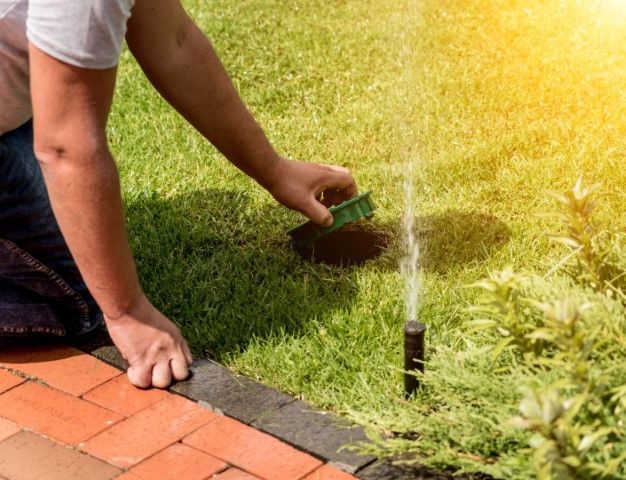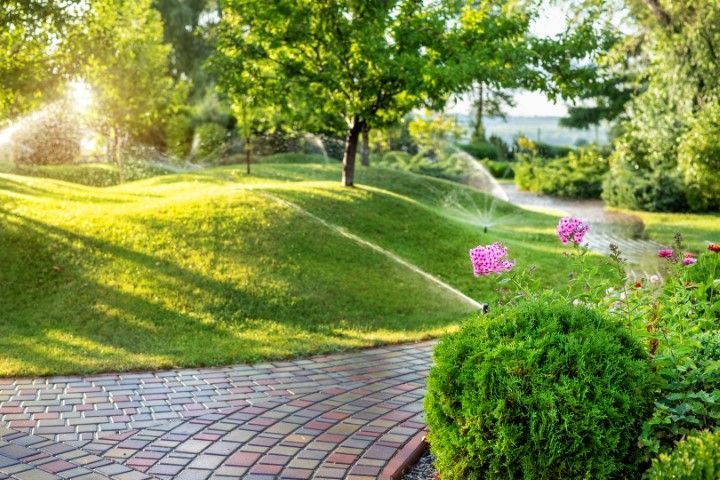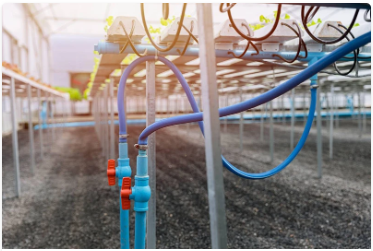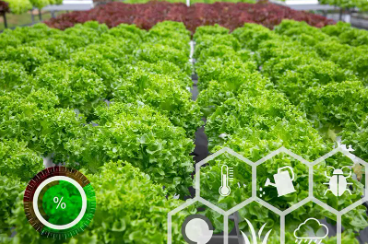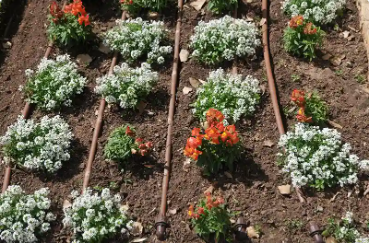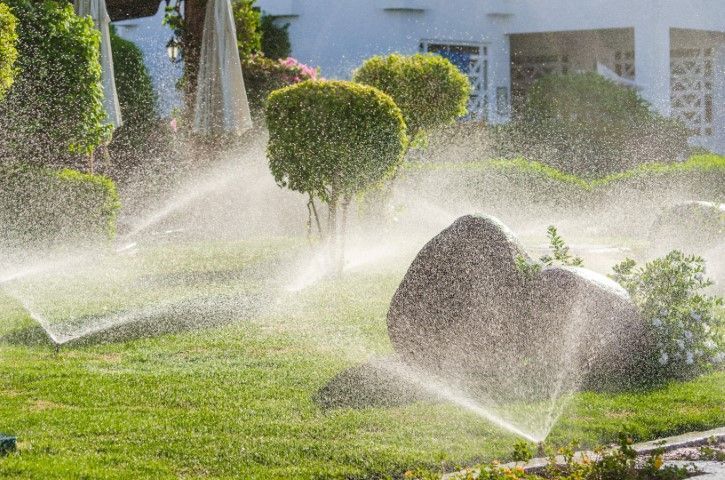The Role of Soil Moisture Sensors in Irrigation Efficiency - SPRINKLER SYSTEMS OF SANANTONIO
The Role of Soil Moisture Sensors in Irrigation Efficiency
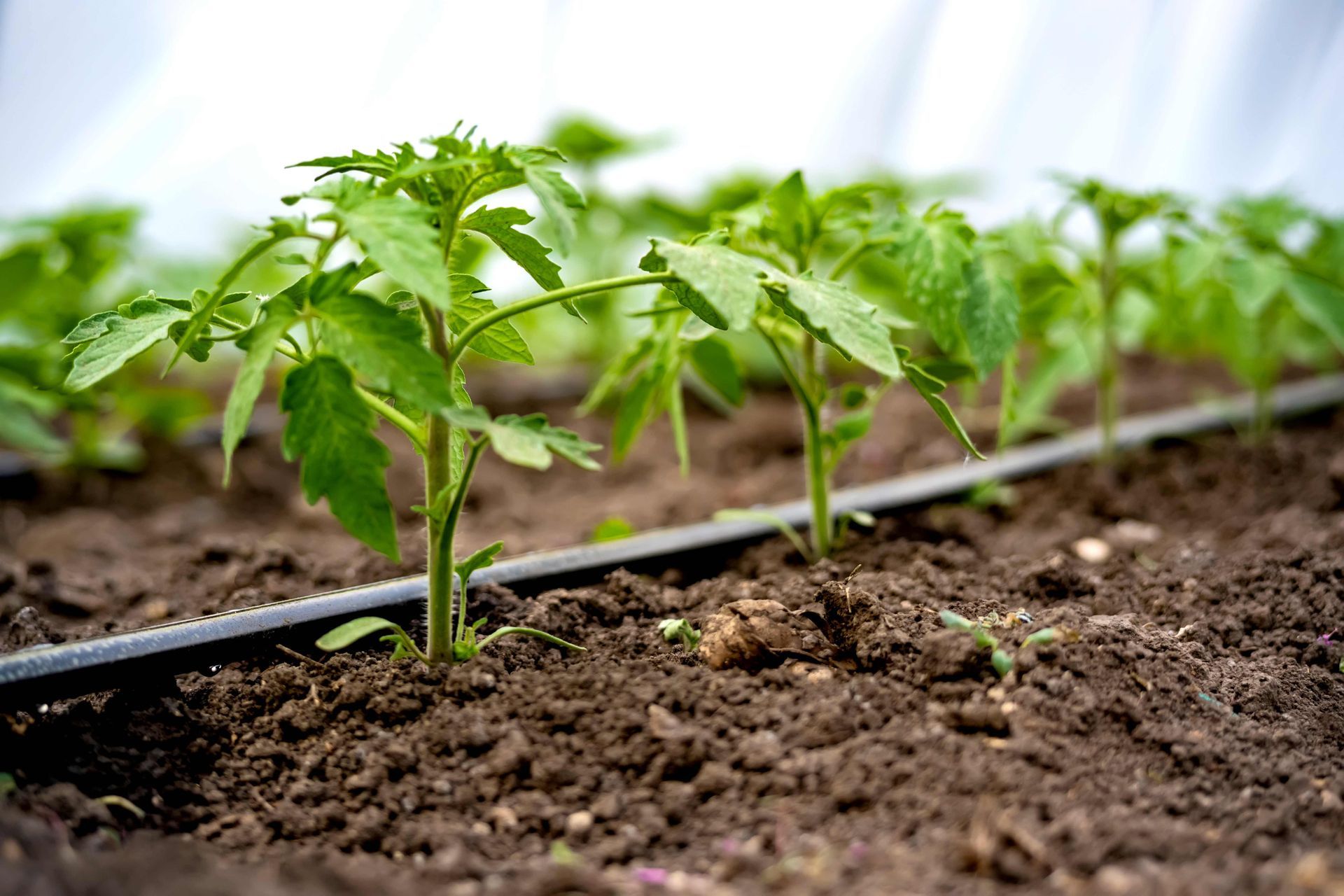
Soil moisture sensors are pivotal in enhancing irrigation efficiency by providing precise, real-time data on soil moisture levels. Capacitance, resistive, and tensiometer sensors offer varying degrees of accuracy, cost-effectiveness, and data insights, making them suitable for different agricultural needs. These sensors ensure optimal water use, reducing waste and conserving resources. They enable targeted irrigation, promoting healthier crops and minimizing environmental impact. Integration with IoT and advanced analytics facilitates automated irrigation, enhancing productivity and sustainability. By incorporating varied sensor technologies, farmers can achieve superior irrigation management. For a comprehensive guide on their implementation and benefits, further exploration will be invaluable.
Types of Soil Moisture Sensors
How do various soil moisture sensors contribute to the efficiency of irrigation systems? By providing precise and timely data on soil moisture levels, different types of sensors play a critical role in optimizing water usage. Capacitance sensors, for instance, measure the dielectric permittivity of the soil, which correlates directly with its moisture content. These sensors offer high accuracy and rapid response times, making them ideal for dynamic irrigation management.
Resistive sensors, on the other hand, measure the electrical resistance between two electrodes, which varies with soil moisture levels. While less expensive, they can be prone to corrosion and require frequent calibration. Nevertheless, their simplicity and affordability make them suitable for large-scale applications.
Tensiometers measure soil water potential, providing direct insights into the energy plants need to extract water from the soil. The advantage of tensiometers lies in their ability to offer real-time data under varying soil conditions, thus enhancing irrigation scheduling.
Proper sensor placement is crucial for obtaining accurate measurements. Positioning sensors at different soil depths ensures a comprehensive understanding of moisture distribution, thereby enabling precise irrigation control. By integrating these diverse sensor technologies, irrigation systems can achieve unparalleled efficiency and sustainability.
Benefits of Using Sensors
Integrating various soil moisture sensors into irrigation systems not only enhances measurement accuracy but also brings a multitude of tangible benefits. The implementation of these advanced technological tools results in significant cost savings by optimizing water usage, thereby reducing both water and energy expenditures. Furthermore, precision in irrigation directly correlates with improved crop health, as plants receive the exact amount of water required, minimizing stress and promoting optimal growth.
The environmental impact of using soil moisture sensors is notably positive. By preventing over-irrigation, these sensors help in conserving water resources and reducing runoff, which can carry fertilizers and other pollutants into nearby water bodies. This aligns with sustainable agricultural practices and regulatory compliances aimed at mitigating environmental degradation.
User experience is another area significantly enhanced by the deployment of soil moisture sensors. Automated systems that rely on real-time data from these sensors simplify the irrigation management process, making it more efficient and less labor-intensive. This technological integration not only boosts productivity but also ensures that irrigation decisions are data-driven and precise.
– Cost Savings: Optimized water and energy usage.
– Crop Health: Targeted irrigation promoting optimal plant growth.
– Environmental Impact: Reduced water waste and runoff.
How Sensors Improve Irrigation
When implemented into irrigation systems, soil moisture sensors fundamentally enhance water management by providing precise, real-time data on soil conditions. These sensors are strategically placed at various depths and locations within the field to capture accurate readings that reflect moisture variability across different soil profiles. Proper sensor placement ensures that irrigation decisions are based on comprehensive data, minimizing water waste and optimizing resource allocation.
The real-time data provided by soil moisture sensors allows for dynamic irrigation scheduling. By continuously monitoring soil moisture levels, farmers can apply water only when and where it is needed, thereby reducing over-irrigation and preventing water stress in crops. This targeted approach not only conserves water but also promotes healthier plant growth and higher crop yields.
Furthermore, soil moisture sensors can detect variations in soil moisture that are often influenced by factors such as soil texture, topography, and crop type. Understanding these variations enables precise adjustments in irrigation practices, fostering a more efficient use of water resources. For instance, areas with higher moisture retention may require less frequent watering, whereas drier zones may need more attention. In essence, soil moisture sensors serve as a critical tool in modern irrigation, enhancing efficiency and sustainability.
Integrating Sensors With Technology
Why are soil moisture sensors a game-changer when integrated with advanced technology? The combination of these sensors with modern technological solutions revolutionizes irrigation practices by providing precise, real-time data. Sensor calibration ensures that these devices deliver accurate moisture readings, enabling more efficient water use. When paired with data analytics, the collected information can be transformed into actionable insights, helping farmers make informed decisions on irrigation scheduling and resource allocation.
Integrating soil moisture sensors with Internet of Things (IoT) platforms enhances their functionality. IoT connectivity allows for seamless communication between sensors and central management systems, facilitating remote monitoring and control. This integration supports automated irrigation systems that adjust water delivery based on real-time soil moisture levels, reducing water wastage and improving crop yield.
Key benefits include:
– Enhanced accuracy: Calibration ensures high precision in moisture level readings.
– Real-time data: Immediate access to soil moisture data allows for timely interventions.
– Automated irrigation: Data-driven systems optimize water usage, promoting sustainability.
Future of Soil Moisture Sensors
The future of soil moisture sensors is poised to be transformative, driven by advancements in miniaturization, connectivity, and machine learning. Emerging technologies are expected to revolutionize precision agriculture by providing granular, real-time data that enables optimized irrigation strategies. Miniaturized sensors can be embedded seamlessly into the soil, reducing physical disruption while increasing spatial data resolution. This will enhance our ability to monitor soil moisture variations precisely across different zones of agricultural fields.
Connectivity improvements, particularly through IoT (Internet of Things) networks, will facilitate continuous data transmission to centralized systems for real-time monitoring and decision-making. By leveraging cloud-based platforms, the data collected from these sensors can be analyzed using advanced algorithms, ensuring timely and accurate irrigation interventions. Machine learning models can predict soil moisture trends and recommend irrigation schedules, thereby minimizing water wastage and maximizing crop yield.
Moreover, integration with predictive analytics and weather forecasting systems will further refine irrigation practices. The deployment of soil moisture sensors in precision agriculture will not only conserve water resources but also reduce operational costs and environmental impact. As these emerging technologies evolve, they will play a pivotal role in sustainable agricultural practices, ensuring food security and resource efficiency.
- Avoid These 5 Common Irrigation Blunders Every Homeowner Makes
- Your Go-To Guide for Picking the Perfect Sprinkler System for a Lush Lawn: Handy Tips and Tricks
- Impact of Climate on Irrigation System Design and Operation
- The Role of Soil Moisture Sensors in Irrigation Efficiency
- Cost-Effective Irrigation Solutions for Small Gardens
